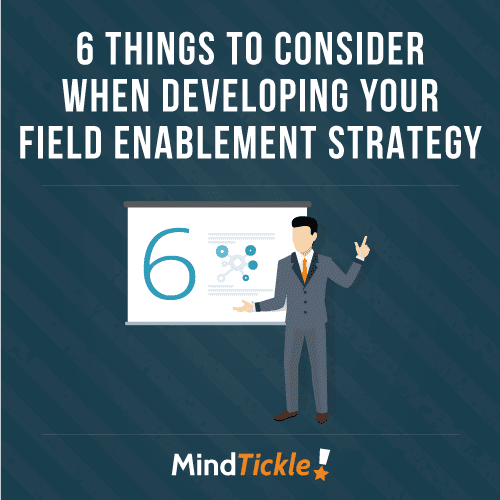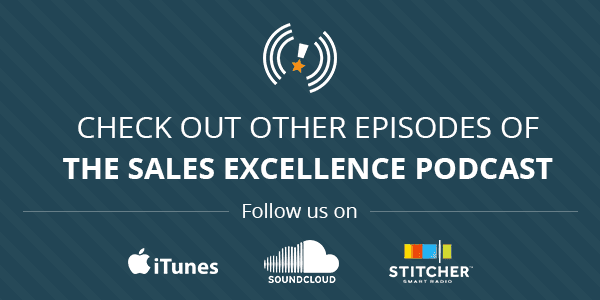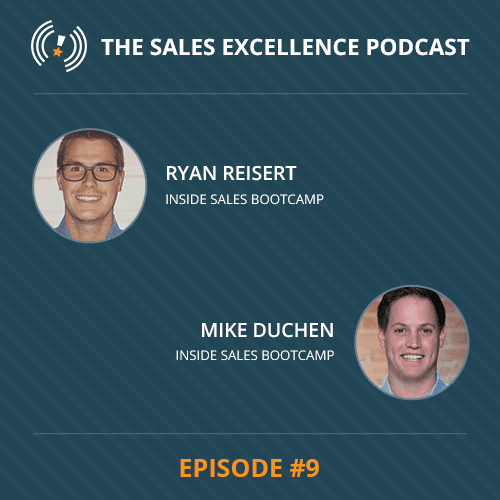Only 37 Percent of Your Salespeople are Effective. Do You Know Who They are?
Research published by The Harvard Business Review found that salespeople can be segmented into eight different types, but only three of them are consistently effective at selling. That means for every rep you hire only 37% of them will be consistent performers. Worse still, the research found that the remaining 63% demonstrated behaviors that actually drove their performance down further. So if you keep hiring the same type of reps you may never actually get them to ramp up effectively unless you know what areas to focus on.
The researchers observed how 800 reps applied 23 different sales skills that had been identified for success. These skills fell into seven different categories:
- Meeting preparation
- Customer interaction
- Company presentation
- Presentation rapport
- The sales pitch
- Storytelling
- Rising to the challenge
Sales coaching can make all the difference
The good news is that each of these behaviors can be learned and improved upon with the right training, coaching, and reinforcement activities. This is where managers have a large role to play. As
Tamara Schenk, Research Director at CSO Insights explains, “Lasting behavior change requires ongoing reinforcement. This is where coaching comes into play.”
But sales coaching for the sake of coaching isn’t enough. For managers to coach effectively they need a structured process to identify gaps and fill them. Without a structured coaching program, you’re just leaving your sales success and revenue to chance. Even the best reps can use some tips to help them improve their behaviors and win rates. There are eight types of reps, each with their own strengths and weaknesses. We also share some effective sales coaching techniques for each kind of seller.
1. Experts
As natural salespeople, experts know what they’re doing and customers love them.
Coaching opportunities: Step up to mentor their peers and share their best practices is a growth opportunity for experts.
2. Closers
They can close a deal, but these smooth talkers can turn off customers
Coaching opportunities: Focus on coaching on softer skills can help closers improve their selling style and keep them engaged and motivated.
3. Consultants
These problem-solvers listen to their customers well but overlook case studies that can help them extract more sales value.
Coaching opportunities: Focus on how they interact with customers, engage in storytelling that can help them build deeper relationships.
4. Storytellers
With the gift of the gab, storytellers could sell ice to the Eskimos but they often lack efficiency and structure in their selling process.
Coaching opportunities: By helping a storyteller focus their meeting agenda, set targets, and improve self-awareness they can close more deals quicker.
5. Aggressors
They may win the deal, but their aggressive approach toward price can put some customers offside.
Coaching opportunities: Aggressors can improve their sales results by rounding out their skills so they focus on value more than price. Coaching on softer skills may also help them build a stronger rapport with their customers.
6. Focusers
No one knows their product better than a Focuser, but their lack of confidence can make it challenging for them to identify what their buyer really needs.
Coaching opportunities: Focusers can benefit from coaching that helps them identify an opportunity, understand their customer’s pain points and articulate your value proposition.
7. Socializers
Everyone loves a socializer, but the pleasant chit-chat can get in the way of making a sale.
Coaching opportunities: Moving from a good rapport to talking business is a behavior that can be improved by setting short-term targets and close guidance. Socializers may also need help understanding their sales funnels, so they make the most of the opportunities they have.
8. Narrators
A good sales script can be a useful guide or a hindrance. For narrators, it’s a case of the latter, where they feel lost without their script.
Coaching opportunities: Customer conversations are rarely scripted, so Narrators require coaching that helps them understand their customers, tailor a pitch to meet their needs, and handle objections confidently.






